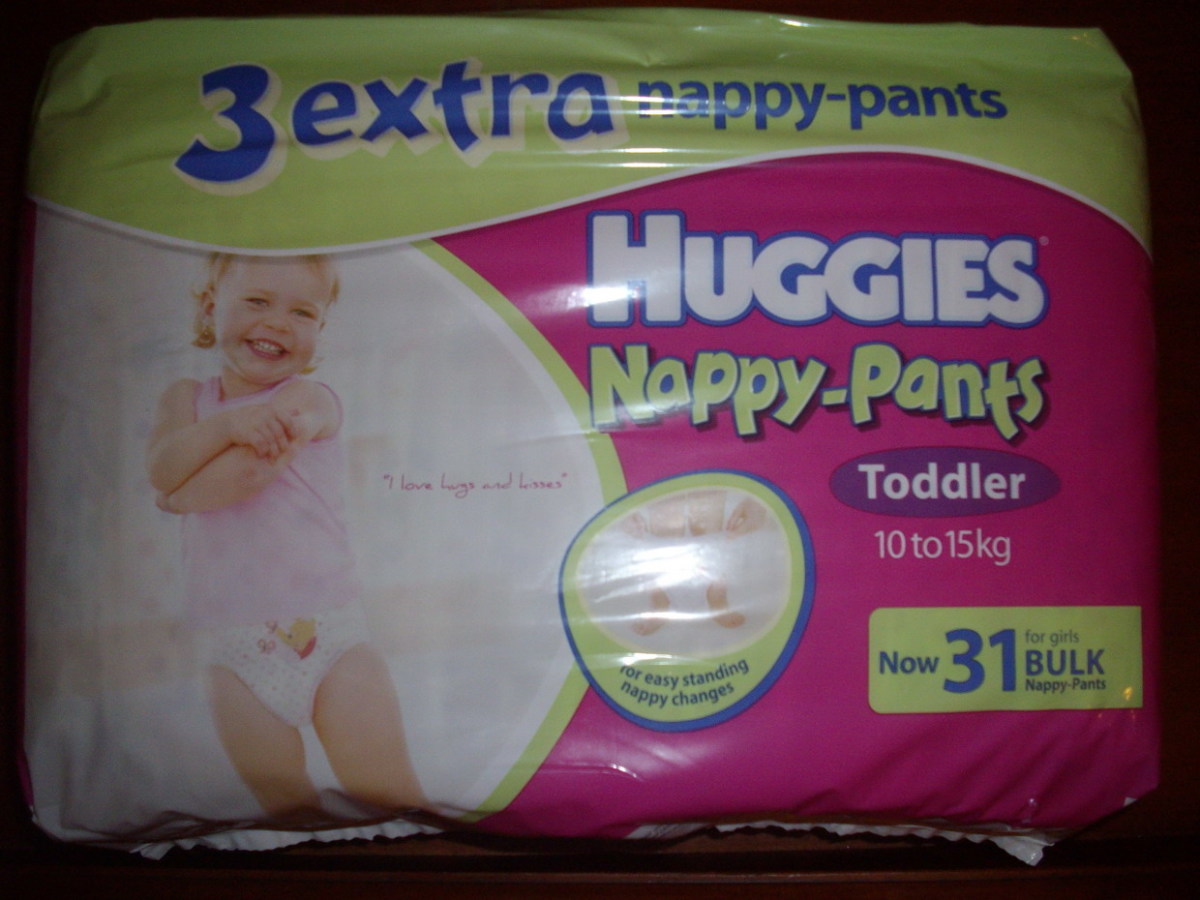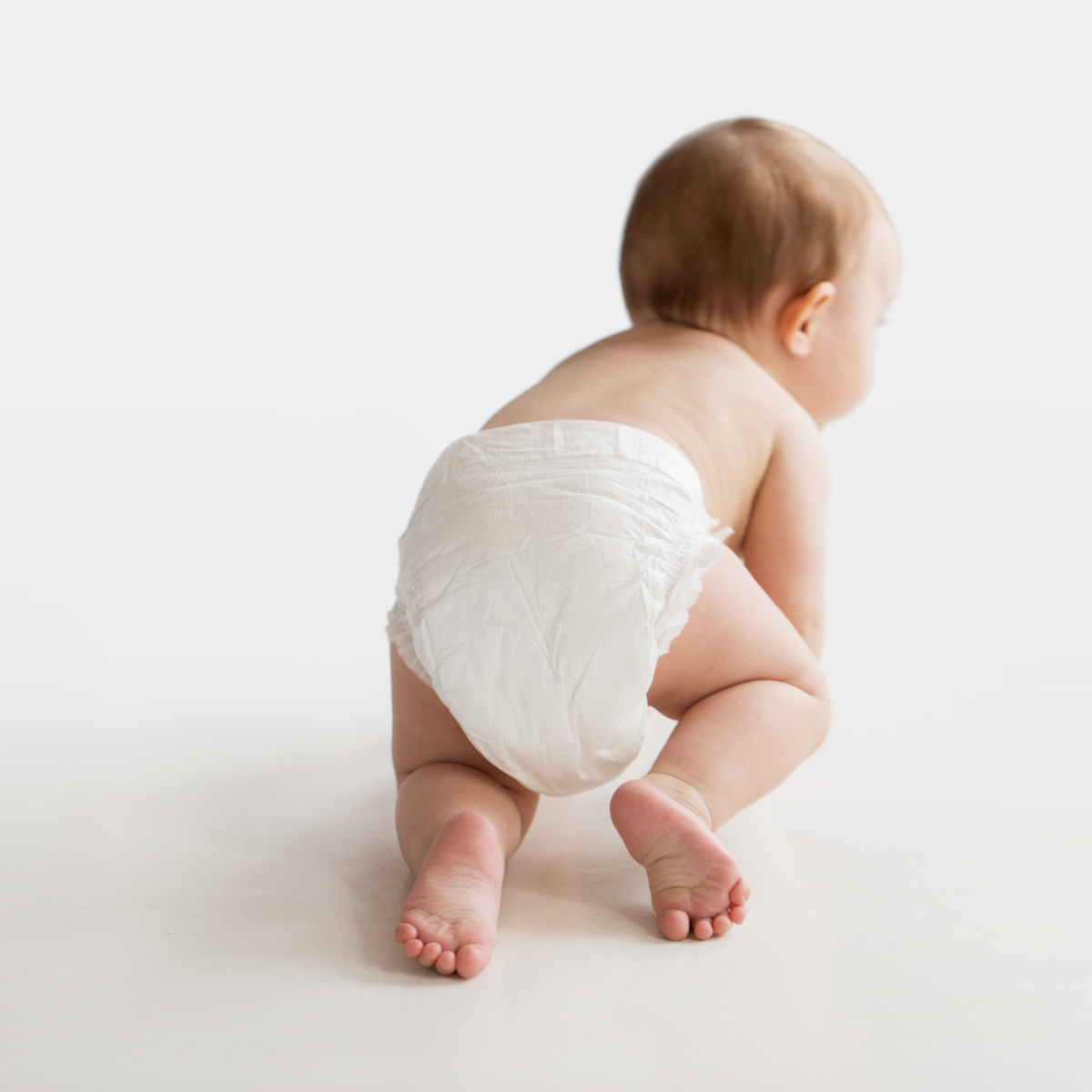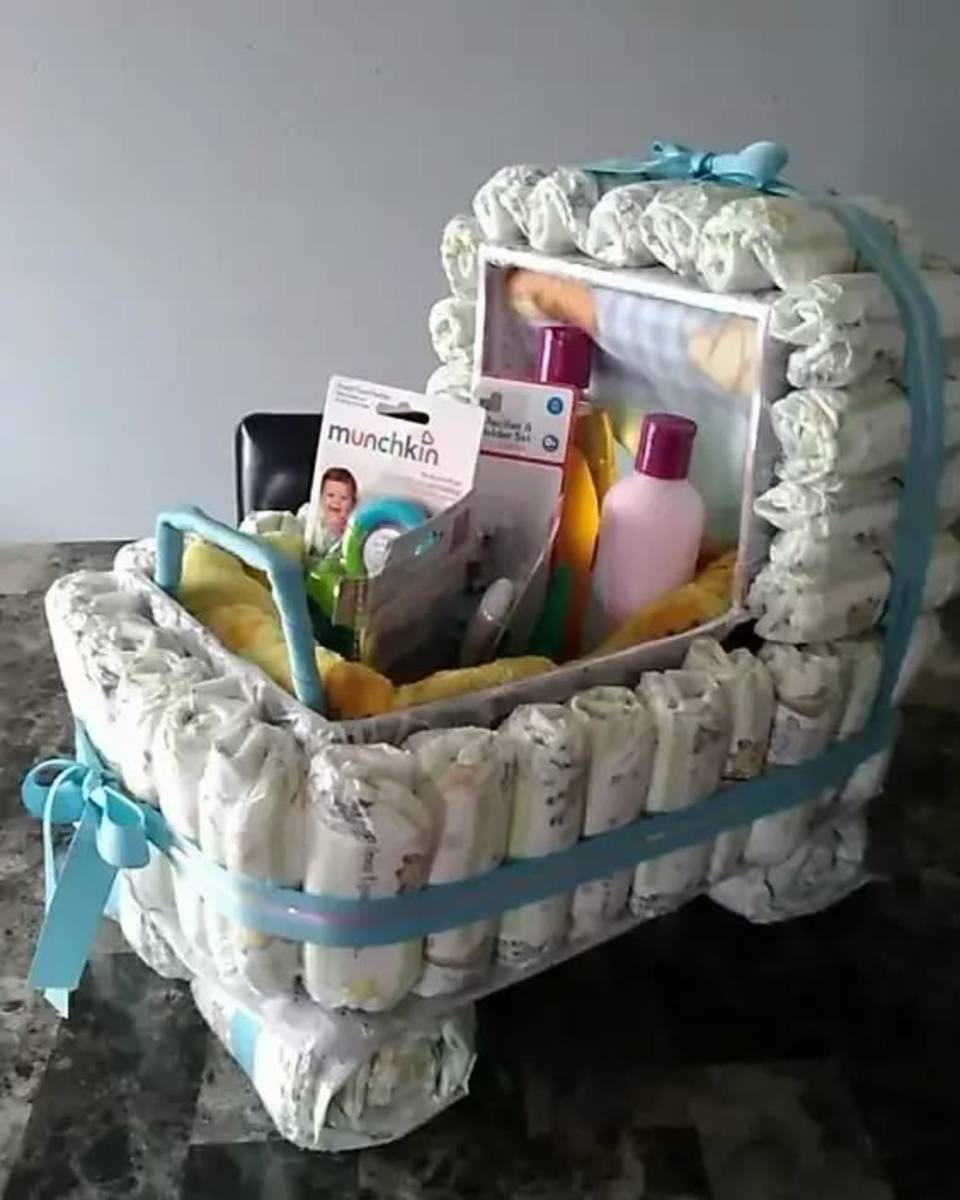How to Treat Nappy Rash
What Causes Nappy Rash?
Nappy rash, or diaper rash, where the skin around a babies bottom and groin area appears red and inflamed, is a common phenomenon scores of babies have suffered from since the invention of nappies. The moist, warm area of a babies bottom, encased in a humid cloth or disposable nappy provides the ideal condition for an irritant rash to flourish. Some babies seem to be more susceptible to nappy rash than others but it is a very common occurance and most babies will suffer at least one attack of this nasty rash.
Although nappy rash is multifactorial (ie;more than one cause), fundamentally, it is a form of ammonia dermatitis triggered by a reaction to environmental irritants - in this case, urine reacting with normal bacteria present on the babies skin.
Rashes are most commonly found in the buttocks area and on parts of the skin most closely in contact with the nappy. Contributing factors to nappy rash include:
- friction between the skin and the nappy
- water in the baby's urine and stools
- irritating soaps, detergents and powders
- diarrhoea
- alcohol in nappy wipes
- leaving a soiled nappy on for too long
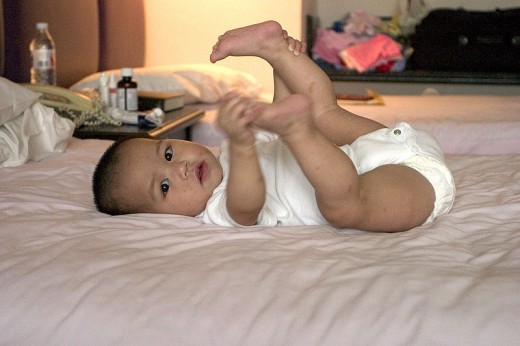
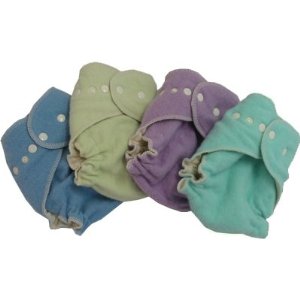
Treatments for Nappy Rash
Fortunately, there are ways to minimise the likelihood of a reactive rash as well as effective treatments.
- Gently wash the baby's bottom using a wet disposable towelette or a washcloth soaked in olive oil and pat, rather than rub the area. Avoid commercial wipes as these may contain harsh irritants.
- Change nappies frequently, especially when a rash has appeared.
- If possible, give the baby some nappy free time to allow air to freely circulate around the area
- Use a simple barrier cream such as vaseline or zinc paste, which will provide a protective coating between the baby's skin and the nappy.
- If using cloth nappies, avoid plastic or pvc nappy covers as these tend to overheat the groin and bottom area. These days there are better, breathable fabrics available.
NB: Occasionally, nappy rash may develop into a bacterial yeast infection, in which case professional medical consultation will be needed. If nappy rash doesn't clear quickly after the usual simple treatments, it's advisable to see a doctor.
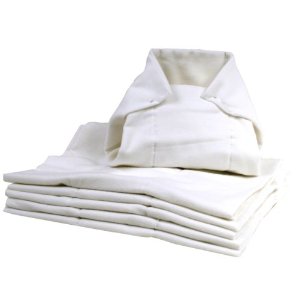
Are Cloth or Disposable Nappies Better?
For sheer convenience, disposable nappies can't be beaten, yet they are not without controversy. Apart from the fact that they contain absorbent chemicals, the environmental problem of disposing of thousands and thousands of soiled nappies is an issue.
Although disposable nappies have greater absorbency (they contain superabsorbent polymers which draw urine to a central core and thus away from the baby) and tend to keep babies drier, there is no clear evidence that they pose less risk for nappy rash than traditional nappies.
Cloth nappies, usually made from terry towelling or flannel, now come in pretailored and prefolded styles, which makes life easier. They are cheaper than disposables and pose less of an environmental risk, although they too often require the use chemicals in the cleaning process.

